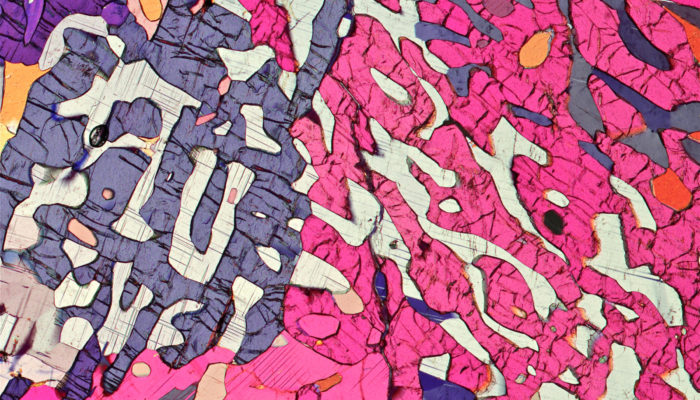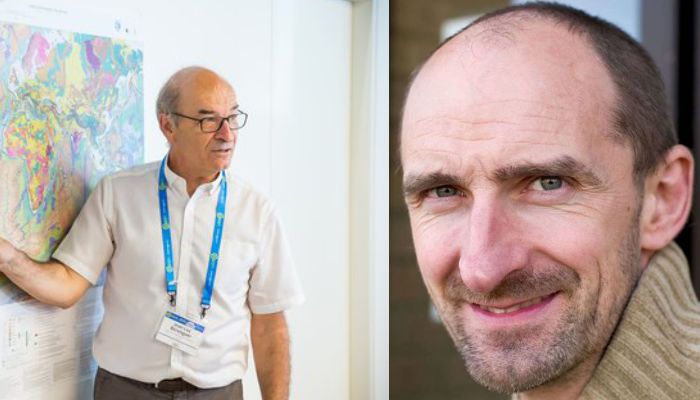EGU’s annual Geoscience Information For Teachers (GIFT) workshop will take place between 4 – 8 April 2022, with the theme of “How the planet shapes history – Geosciences, human society and civilizations”. To find out more about what GIFT is and get a taster for the workshop’s content EGU’s Programme Coordinator, Simon Clark, talked with two of the organisers: th ...[Read More]
Imaggeo On Monday: the EGU Photo Competition – colourful thin-sections.

In 2010 EGU held our first annual Photo Competition at the General Assembly in Vienna. Since then hundreds of photos have been shared on imaggeo by geoscientists and researchers just like you, with a lucky few being selected each year to be highlighted during the meeting and voted on by our members. These images can be of anything to do with geology or geoscience – we get many beautif ...[Read More]
How to EGU22: Beyond the science – a world of networking, science for policy, mentoring, jobs and careers
With EGU’s first hybrid General Assembly soon approaching, we’re sure you’re browsing through the conference sessions to bookmark your favourite ones. The scientific sessions are certainly amongst the highlights every year, but did you know there’s so much more you can explore during the week-long event? EGU22 has an exciting program with sessions that go beyond the science – including Early Caree ...[Read More]
The most-read EGU journal articles in 2021!
This year EGU published more than 3,375 peer-reviewed articles in our 19 Open Access journals. Upon learning about this impressive number of articles, we wondered: which of these were the most popular? You can find out in the following list of the most-read article for each EGU journal. From rainfall-runoff prediction, tipping points and open source hazard mapping, to the use of language around fr ...[Read More]



